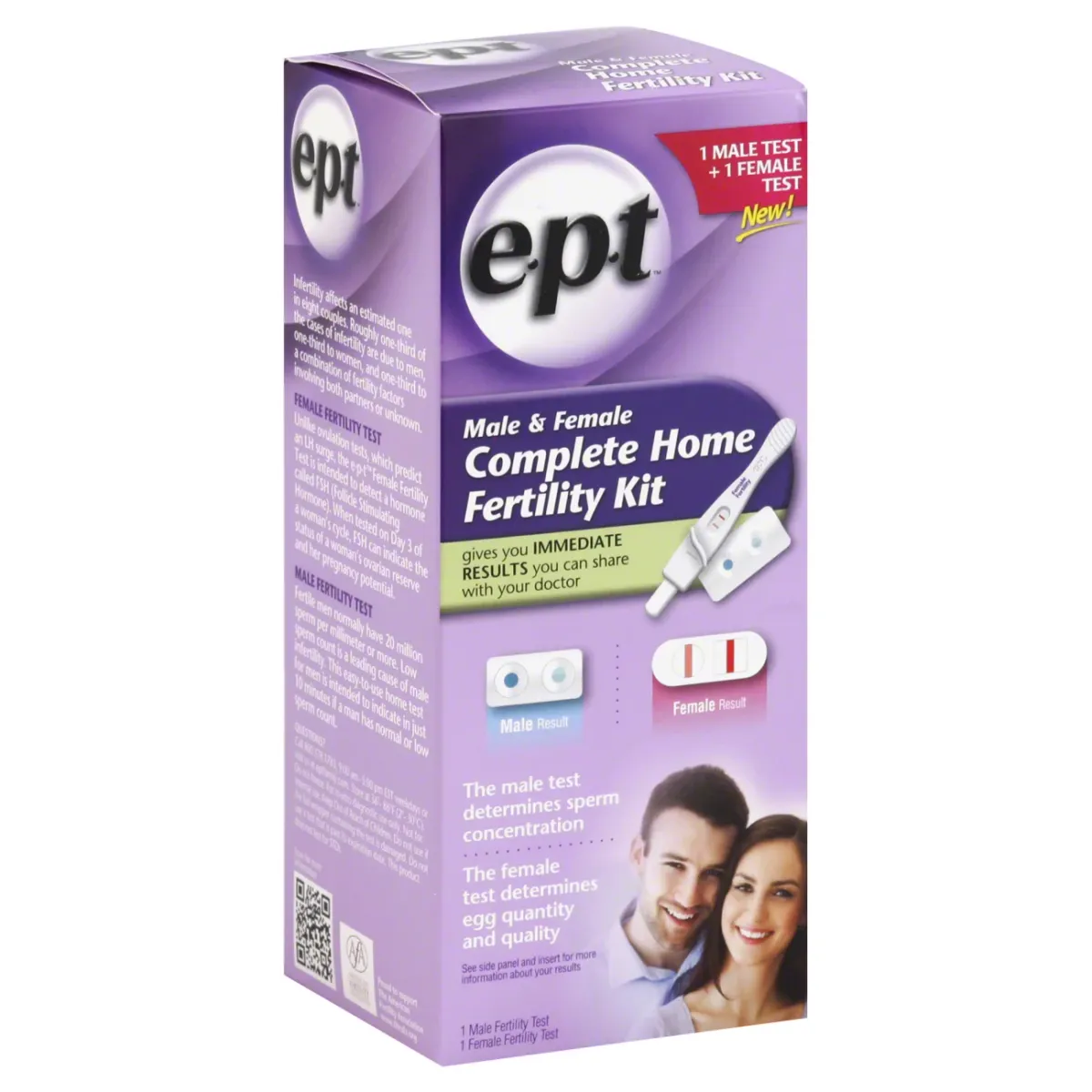Fertility Test For Women

Fertility tests for women involve extensive testing of a woman's hormone levels. First, hormones such as estrogen, progesterone, luteinizing, testosterone, follicle-stimulating, prolactin, inhibin B, and DHEA are tested. The next step in female fertility testing is an HSG test, which involves injecting a dye into the fallopian tubes of the female reproductive system. This procedure is typically done on the sixth or seventh day of a woman's cycle.
Clomiphene citrate challenge test
The Clomiphene citrate challenge test for women is a fertility test that can predict the likelihood of conceiving a child. It has been shown to predict the success of IVF procedures and is used as a predictor of pregnancy in women with low ovarian reserve. In addition, this test helps physicians plan the course of therapy and advise infertile couples.
This test evaluates the quality and quantity of eggs in a woman's ovaries. It also measures the age and risk of chromosomal abnormalities. In a study that involved 140 women throughout two cycles, women were grouped into two groups based on their FSH levels on day 10. The women in the elevated FSH group had a normal ovarian reserve, while those in the lower FSH group had diminished ovarian reserve.
Transvaginal ultrasound
A transvaginal ultrasound is a safe, quick, and accurate fertility test for women. There are no known risks during pregnancy, and the procedure lasts between thirty and sixty minutes. The method involves no radiation, and women are typically comfortable during the process. In addition, the ultrasound can give a doctor a clearer picture of the woman's reproductive organs, helping her devise a plan for the pregnancy.
Transvaginal ultrasounds are also used to identify pelvic inflammatory disease (PID), which can lead to infertility. In addition, the ultrasound can also detect female cancers in the pelvic area, such as cancers of the vagina and uterus. These cancers are rare during reproductive years but can interfere with conceiving.
Antral follicle count during a transvaginal ultrasound
The antral follicle count is a fertility test that measures the number of egg-containing follicles on a woman's ovaries. These tiny structures are two to nine millimeters in diameter and can be seen on ultrasound. Their number gives a doctor an idea of the woman's total egg count.
Follicles are seen as round or oval sonolucent structures. Therefore, they may not be visible to all women. In these cases, ultrasound may be used to count the follicles, and three-dimensional ultrasound may be more accurate. Three-dimensional ultrasound, or 3D-US, offers several advantages, including a shorter examination time. It also allows for offline analysis and storage of acquired data.
Parryscope(r) fertility test
The Parryscope(r) fertility test for a woman is an innovative, safe, and easy way to test a woman's fertility. It is 98% effective at identifying blockages and provides immediate and accurate results. Compared to other approaches, it is likely to result in fewer complications, such as infections and vasovagal events. Furthermore, it avoids the risks of radiation and X-rays.



